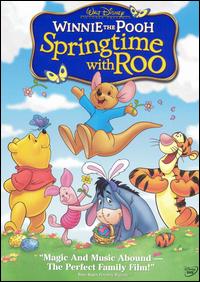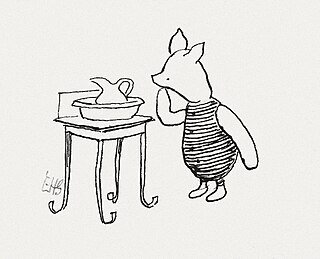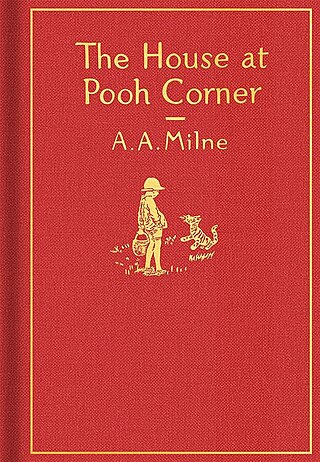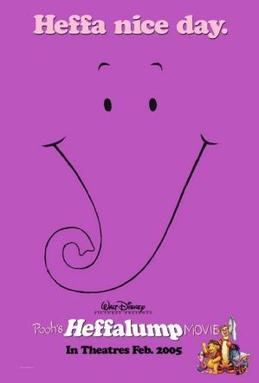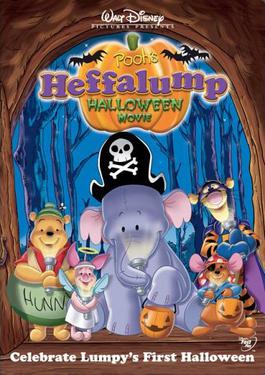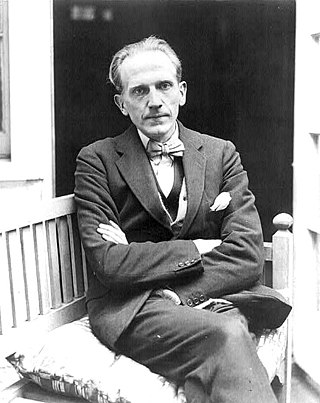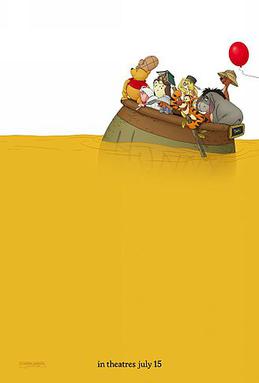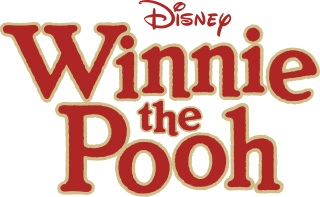Plot
Springtime has sprung in the Hundred Acre Wood and Roo, Tigger, Pooh, Piglet and Eeyore head to Rabbit's house to celebrate Easter, only to find that Rabbit has organized a "Spring Cleaning" Day instead. He orders the gang to clean his house while he tidies up his garden. Initially dejected, the gang, not wanting to let Rabbit down, proceed to carry out Rabbit's orders. While dusting, Pooh sneezes violently, cluttering the house. A large trunk falls out of Rabbit's closet, revealing Easter eggs, decorations, and his Easter Bunny top hat. They also find their favorite Easter things: Pooh's honey pot, Piglet's Easter basket, Eeyore's rabbit ears, and Tigger's striped Easter egg. Assuming that Rabbit had forgotten about Easter, the gang decide to surprise Rabbit by decorating the house, only for this to backfire as Rabbit, who angrily yells at them for disobeying his orders, literally throws them out of his house, trampling his hat in the process.
While Pooh, Piglet, and Eeyore return home, Roo wanders off tearfully. Tigger finds him and Roo asks if they will ever celebrate Easter again, prompting Tigger to go back to Rabbit's house to talk to him. Hopeful that Tigger will be able to convince Rabbit and determined to cheer his friends up, Roo returns home and tells his mother, Kanga, what happened, before venturing off to find the others. While they wait for Tigger to return, they practice hunting for Easter eggs by hunting for rocks.
Meanwhile, Tigger returns to Rabbit's house and tells Rabbit about how upset Roo was that they had not got an Easter egg hunt. Rabbit, however, is still far too angry that the gang messed up his Spring Cleaning Day to care and tells Tigger he'll never allow another Easter celebration ever again. Tigger and the narrator tell Rabbit that he used to love Easter but a disbelieving Rabbit just cannot handle it. To prove it, Tigger takes him back through the book to last year's Easter celebration, when Kanga and Roo moved to the Hundred Acre Wood.
In the flashback, the gang prepares for Easter, painting eggs and making decorations. As it is Roo's first Easter in the Hundred Acre Wood, Rabbit wants everything to be as organized and orderly as possible to the point that he treats Easter as a professional occasion rather than a fun holiday. The others grow tired of Rabbit's bossiness and, under Tigger's suggestion, sneak off with the Easter eggs. Rabbit goes after them and finds them having the egg hunt without him, with the gang agreeing that Tigger is "the best Easter Bunny ever," upsetting Rabbit.
Outside the book, Rabbit admits to Tigger that he did once look forward to being the Easter Bunny, but his exclusion the previous year made him feel unwanted, which was why he banned Easter and replaced it with Spring Cleaning Day. Tigger says it was not his or the others' intention to leave him out, but Rabbit, still upset about the past, continues to deny Easter in the Hundred Acre Wood. Tigger returns to the present and tells the others the bad news, while also explaining the reason for Rabbit's hot-temper. This causes everyone to feel remorseful for unwillingly taking away Rabbit's favorite Easter role and try to think of a way to make it up to him. Rabbit also returns to the present, but the narrator purposely stops on the wrong page, at Roo's house, where Rabbit sees Roo wishing that he could make things up to Rabbit. Still unconvinced, Rabbit returns home and puts all the Easter things in the trunk before going to sleep.
Irritated with Rabbit's stubborn behavior, the narrator (after scaring Rabbit awake with a ghost-like voice) transports Rabbit forward in time to the "unwritten pages of the book" – the future of the Hundred Acre Wood where it is Spring Cleaning Day and everything is organized exactly as Rabbit wants. Initially delighted, Rabbit asks where his friends are, thinking that they are late, but the narrator says they all moved away due to his selfishness and bossiness. Refusing to believe this, Rabbit tries to find them but realizes that the narrator was proven right when he discovers that his friends' homes are empty and abandoned; the narrator claims the reason why was because Rabbit never treated them like friends and only cared about himself, which Rabbit at first denies, but finally admits. Finally realizing how his bad behavior affected his friends, which drove them away, and not wanting to be alone for the rest of his life, Rabbit runs back to his house intent on having Easter in order to atone for his mistakes, only to reveal to his horror that his friends' things disappeared with them.
Rabbit then wakes up the next morning and finds himself back in the present, overjoyed to see the Easter supplies are still there and that he still has a chance to change the future. Now "giddy as a jackrabbit", Rabbit immediately begins to plan the grandest Easter the Hundred Acre Wood has ever had. At the same time, Roo, unaware that Rabbit has changed, comes up with an idea in hopes of cheering Rabbit up. He picks up Pooh, Piglet, Eeyore, and Tigger with a wheelbarrow, but loses control of it and crashes into his house. While they are busy working, Rabbit arrives, who is still very angry, but their fears fade when he surprises them with their Easter decorations, along with a cotton tail for Eeyore. Rabbit shows them the celebration he has prepared and reveals his change of heart, which everyone is very happy to see, especially Roo, who returns Rabbit his now-repaired Easter Bunny hat, giving Rabbit back his favorite Easter role. The spirit of Easter is now restored, and Roo pops out of the book and says, "B.B.F.N., Bye-bye for now!", ending the film.
